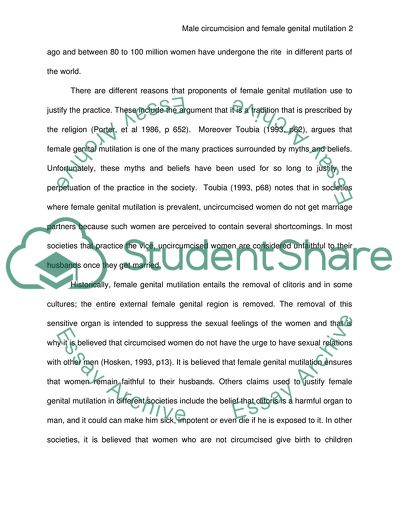Cite this document
(“Female Genital Mutilation (FGM) & Male Circumcision, is it a social Research Paper - 1”, n.d.)
Female Genital Mutilation (FGM) & Male Circumcision, is it a social Research Paper - 1. Retrieved from https://studentshare.org/miscellaneous/1576866-female-genital-mutilation-fgm-male-circumcision-is-it-a-social-custom-or-a-religious-practice
Female Genital Mutilation (FGM) & Male Circumcision, is it a social Research Paper - 1. Retrieved from https://studentshare.org/miscellaneous/1576866-female-genital-mutilation-fgm-male-circumcision-is-it-a-social-custom-or-a-religious-practice
(Female Genital Mutilation (FGM) & Male Circumcision, Is It a Social Research Paper - 1)
Female Genital Mutilation (FGM) & Male Circumcision, Is It a Social Research Paper - 1. https://studentshare.org/miscellaneous/1576866-female-genital-mutilation-fgm-male-circumcision-is-it-a-social-custom-or-a-religious-practice.
Female Genital Mutilation (FGM) & Male Circumcision, Is It a Social Research Paper - 1. https://studentshare.org/miscellaneous/1576866-female-genital-mutilation-fgm-male-circumcision-is-it-a-social-custom-or-a-religious-practice.
“Female Genital Mutilation (FGM) & Male Circumcision, Is It a Social Research Paper - 1”, n.d. https://studentshare.org/miscellaneous/1576866-female-genital-mutilation-fgm-male-circumcision-is-it-a-social-custom-or-a-religious-practice.


